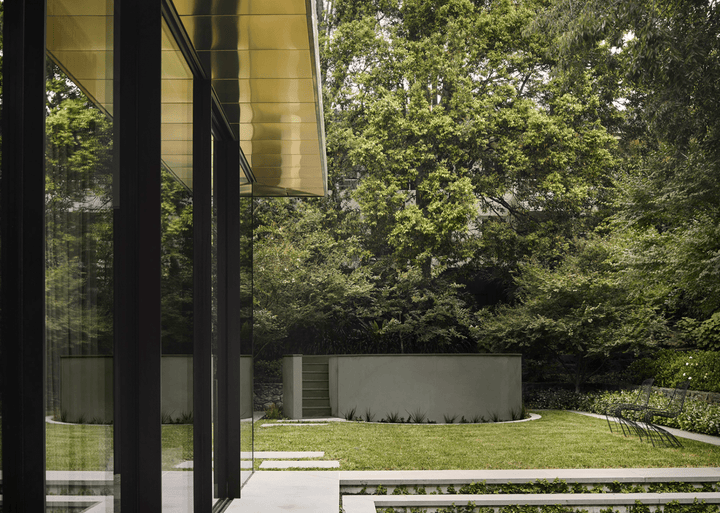Design doesn’t exist in isolation, it lives in context. It is shaped by the materials we choose, the environments we create, and the impact it leaves on the systems we’re part of. It is no longer just about form or function, but about how those choices ripple outwards to navigate today’s landscape with social and environmental purpose.
Design has always had the power to inspire, but in light of today’s challenges, it also carries the responsibility to respond. The practice behind design is now stepping up not only as a tool for expression, but as a meaningful force for change.
From purpose to impact.
When creativity and responsibility converge, sustainable solutions come to life, impacting the people and ecosystems we live within through an approach of equity, consideration and commitment.
Design has the power to shape the way we interact with the world—influencing social connection, inclusive housing and environmental sustainability. We’re finding meaning in design practices dedicated to reductionism, where living simply suffices as an ethos—supporting a sustainable lifestyle that extends beyond the design creation itself.
The conscious reduction of both materials and methods ultimately lessens the environmental impact. This plays an important role in responsible design, supporting long-term ecological balance and community wellbeing, by redefining how we build
— This means choosing locally sourced, low-impact materials; designing for longevity rather than trends; and considering the full lifecycle of a space, shifting from building for scale to building for purpose and lifestyle.
Inclusive design is about ensuring that products and spaces are no longer confined to form alone, but to the ability to cater to diverse communities, promoting fairness and accessibility — like the Nightingale projects, designed around the principle of supporting social connection and housing equity.
By rethinking the way they approach design, Nightingale Housing encourages a form of innovation, to influence behaviour, raise awareness, and create systems that contribute to positive environmental and societal outcomes. This itself becomes a form of innovation, where designers rethink the way they approach this discipline, to influence behaviour, raise awareness, and create systems that contribute to positive environmental and societal outcomes.




Passive design.
At Marz, we’re inspired by passive design, where consideration and intention lead to environmental impact — combining thoughtful innovation with technical finesse.
Another standout build, which relies on sustainable, energy-efficient approaches, is Edgars Creek House, - singularly embodying the principles of raw and elemental housing.
Through materiality that responds to the house’s bushland context, this build is “about the country and the landscape in which it exists”. This project is the result of a primal and elemental home that coexists with the natural environment, and amplifies the experience of it — offering a way to live as part of that system.
Defined by passive house principles, these homes are helping to reshape the future of environmentally responsible, energy-efficient living.


Pepper Tree, also built to the Passive House standard, is a sustainable and thoughtful project that ensures year-round comfort, while using up to 90% less energy than a standard home.
Complementing the improved thermal comfort of the space provided by a high performance building envelope, this project ensured the use of salvaged and waste materials throughout — helping to reduce the environmental impact of the build.


In line with this philosophy, passive design is key to holistic sustainability — a principle that can be reflected in any design project. It presents an opportunity for considered, impact-driven design thinking, that improves accessibility, financial sustainability and human-centred liveability.
As the world evolves, so too does the role of design. And for us, that means staying curious, conscious, and driven by purpose — committed to shaping a sustainable future, one considered detail at a time.

